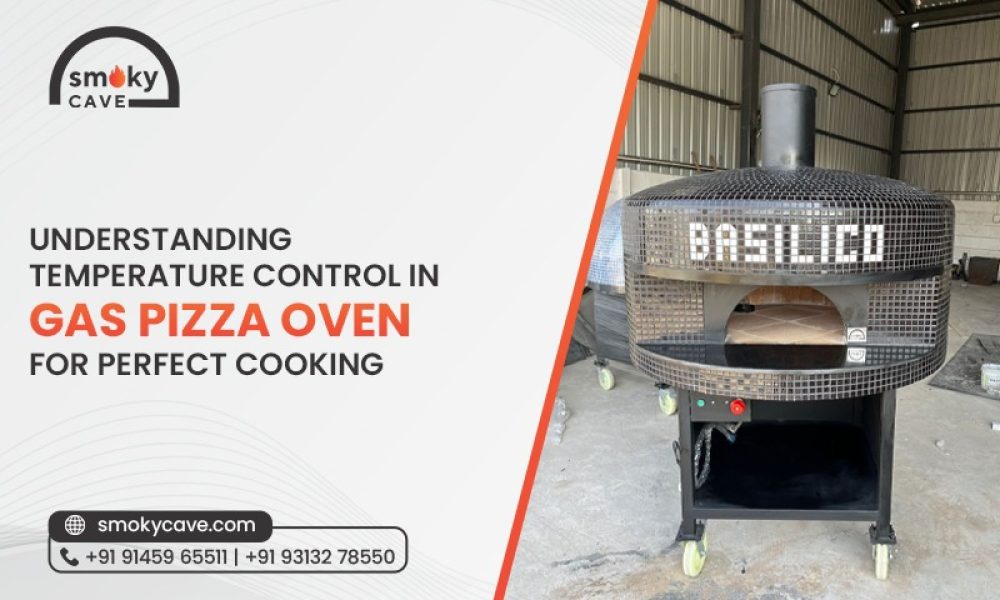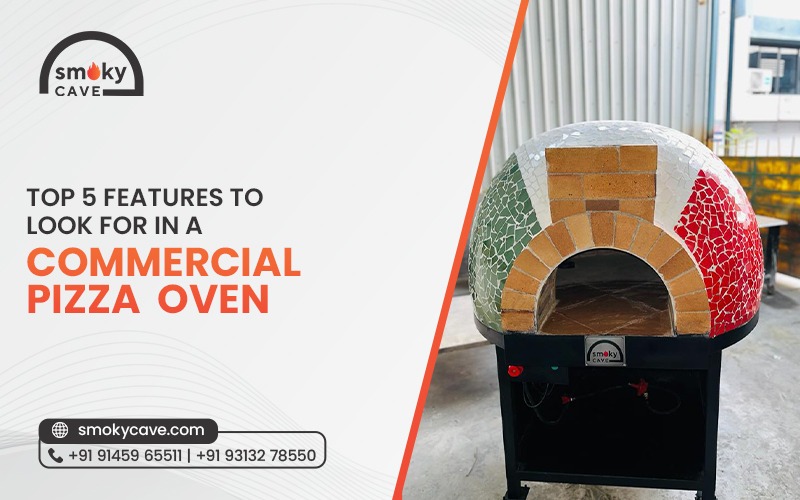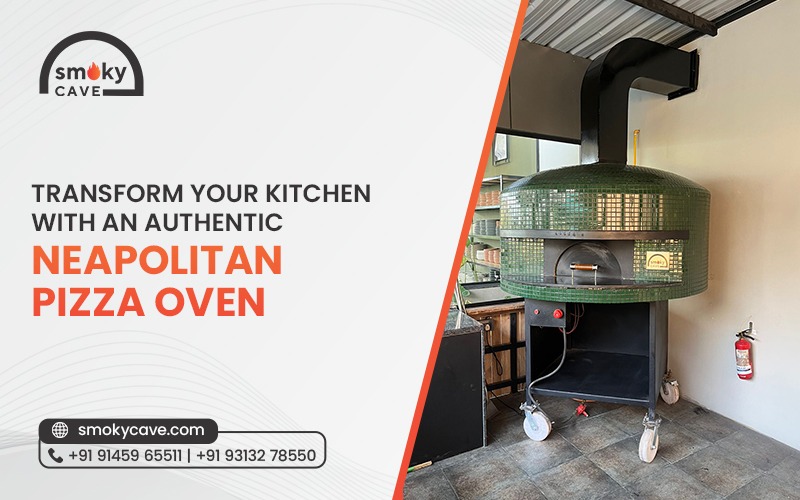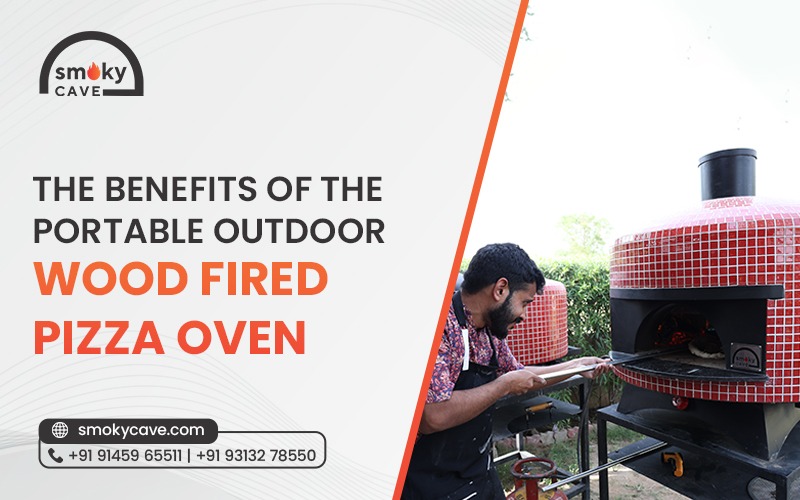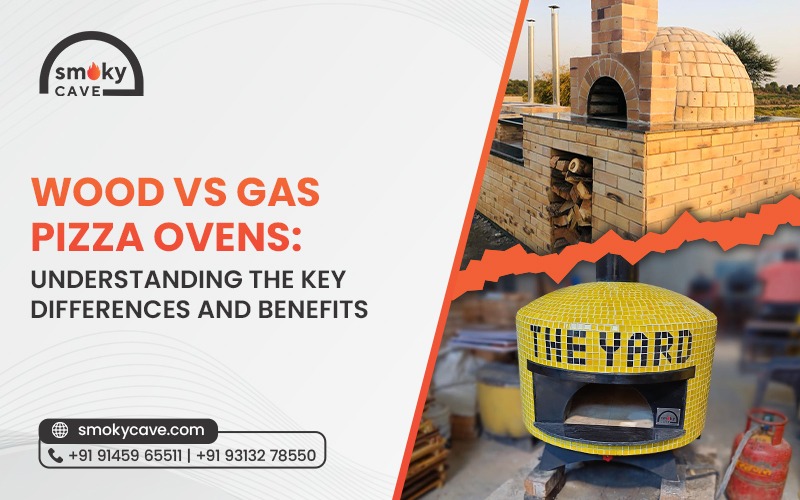To create the perfect pizza, understanding the temperature control of your gas pizza oven is paramount. Whether you’re an experienced pizza chef or just starting in your kitchen, knowing how to manage and control gas pizza oven temperature is crucial in producing delicious, crispy-yet-chewy crust topped with tasty ingredients and restaurant-quality pizzas that will impress everyone. Let’s explore the ins and outs of achieving the ideal gas pizza oven temperature for outstanding results. Let’s look in depth!
Why Temperature Importance in Pizza Making
Cooking the perfect pizza is a combination of art and science. Baking pizza’s temperature greatly affects its texture, flavour, and overall quality. Here’s why temperature control is important:
- Crust quality: High temperatures are necessary for creating that coveted crispy crust. A gas pizza oven generally operates at temperatures between 700°F and 900°F (370°C and 480°C). The crust becomes delightfully crunchy at these high temperatures while remaining soft and chewy.
- Topping perfection: Every pizza topping has its ideal cooking time. Cheese must melt and bubble, while vegetables should soften without losing their vibrant colors. Controlling the temperature ensures that all ingredients cook together, producing a balanced flavour profile.
- Cooking speed: High heat allows pizzas to cook quickly, usually within 5 to 10 minutes. This rapid cooking keeps ingredients from becoming soggy and maintains their fresh taste.
Preheating: Your First Step to Perfect Pizza
No matter your oven type, proper preheating is crucial:
- Brick pizza oven: Start at least 2 hours before cooking. Use hardwoods like oak or beech for a clean, hot burn. Slowly build the heat to warm the entire oven structure. Use an infrared thermometer to check the floor temperature—the desire for 750-800°F (400-425°C).
- Countertop ovens: Turn on at least 30 minutes before cooking. If your model has multiple heat settings, use the highest one. Place a pizza stone or steel inside to help retain and distribute heat.
Keeping a Consistent Temperature
Gas pizza oven offers various temperature controls to achieve the best results. Here’s how to navigate effectively:
- Adjust the thermostat: Adjusting the thermostat helps to set and maintain the ideal temperature. Consider marking favoured temperatures to decide quickly if your brick pizza oven has a dial.
- Control the flame: The flame’s intensity plays an important role in the oven’s temperature. A higher flame heats up quickly, while a lower flame reduces it. Experiment with different flame settings to find the sweet spot for a specific pizza style.
- Manage ventilation: Proper airflow is essential for temperature regulation. A gas pizza oven has vents that can be adjusted to control heat and smoke levels. Opening the vents can lower the temperature while closing them helps retain heat.
Advanced Temperature Control Techniques
- Door management: Controlling the oven door is essential for a brick pizza oven and some countertop ovens. Opening the door increases airflow, raising the temperature, while closing reduces airflow and cools things down. Experiment to find the right balance for the oven.
- Coal pushing: In a brick pizza oven, move hot coals around to create different temperature zones. Push coals to the back for a hotter section, spread them for even heat, or shape them into a horseshoe for a cooler center and hotter edges.
- Stone temperature recovery: This technique is important for cooking multiple pizzas. Monitor the stone temperature with an infrared thermometer, allowing it to recover between pizzas.
- Dual heat source: For home or countertop ovens that struggle with high temperatures, try preheating a pizza stone or steel while heating a cast iron skillet on the stovetop until it’s smoking hot. Cook the pizza on the stone and place the hot skillet above it. This combination creates a mini pizza oven effect.
- Oven calibration: Over time, ovens can become miscalibrated. Use an oven thermometer to check the actual temperature against the set temperature. If there’s a difference, consult your oven’s manual for calibration instructions. For a brick pizza oven, regularly check insulation for efficient heat retention.
Troubleshooting Common Temperature Issues
Even with these techniques, problems may arise. Here’s how to troubleshoot:
- An undercooked centre and burnt crust usually show the gas pizza oven temperature is too high. Lower the temperature or move the pizza to a cooler oven part.
- A sign that the oven temperature is too low. Increase the heat and ensure proper preheating.
- Usually, it is due to uneven heat distribution. Rotate the pizza or adjust the coal placement in a brick oven.
- The top heat is too intense if toppings burn before the crust is done. Adjust the rack position or use the dual heat source method.
- The stone or oven floor may be too hot. Allow the oven to cool slightly, or use a pizza screen during the initial cooking phase.
The Impact of Ingredients on Cooking Temperature
While brick pizza oven temperature is important, the ingredients also affect how your pizza cooks:
- Dough hydration: Higher hydration doughs (65-70%) can withstand higher temperatures better than low hydration doughs.
- Mozzarella choice: Fresh mozzarella has a high moisture content and can lead to sogginess if overused. Opt for low-moisture mozzarella instead.
- Sauce thickness: A thick sauce can protect the dough, leading to an undercooked crust. Aim for a thinner sauce consistency.
- Pre Cooking vegetables: Watery vegetables like mushrooms or zucchini should be precooked to prevent excess moisture on your pizza.
Why choose Smoky Cave?
At Smoky Cave, we understand that mastering temperature control is just one aspect of the pizza-making journey. We cover everything from dough fermentation to topping selection, with a special emphasis on managing temperatures across various oven types. We also offer hands-on experience with traditional wood fired brick ovens, modern gas fired options, and high end countertop models. Our expert instructors will guide you through each oven’s nuances, helping you develop the skills to create perfect Neapolitan style pizzas in any setting. To know more about a wood fired pizza oven price, contact www.smokycave.com.
Wrapping Up:
Temperature control in a gas pizza oven is key to perfect pizza. By understanding the science behind heat, using effective techniques, and troubleshooting challenges, you can elevate your pizza-making skills to new heights. The joy of serving up a beautifully baked pizza with the ideal crust and perfectly melted toppings is worth every effort. So, gather your ingredients, preheat the oven, and embark on a delicious journey toward pizza perfection. With practice, patience, and a touch of creativity, you’ll become the pizza specialist of your pizzeria or restaurant, delighting with every mouthwatering slice.



